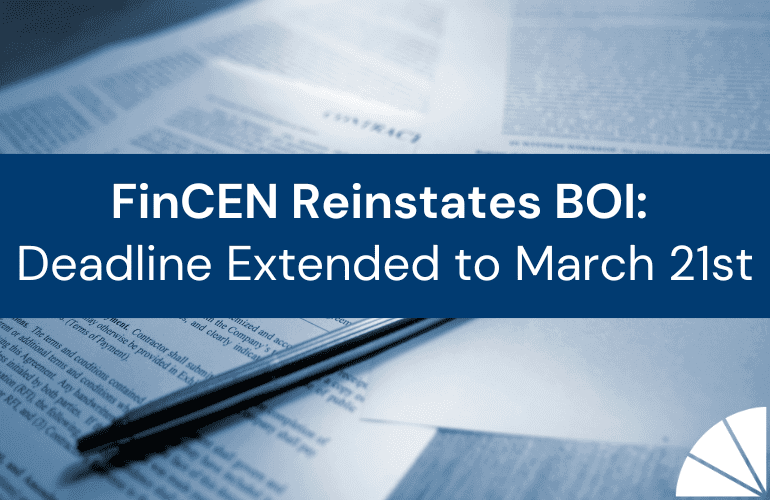
Common Taxable Fringe Benefits
Employer-paid group-term life insurance in excess of $50,000
This fringe benefit is subject to OASDI (FICA)/Medicare withholding only. Though the amount is included in gross wages, federal and state income tax withholding is not required. The value is based on IRS Tables, and not the actual costs of premiums.
Expense reimbursements/allowances under non-accountable plans
If an employee received an allowance from the company for business related expenses (i.e., travel, a car, etc.), then that amount should be included in the employee’s wages. If the employee gave an accounting (adequate substantiation) of the expenses incurred, or used IRS per diem amounts (i.e., filled out an expense voucher and refunded any excess allowances/reimbursements to the company), then there is no amount to be added to the Form W 2. However, if the employee kept any amounts in excess of the expenses accounted for, or did not provide an accounting of the expenses incurred, all of the reimbursed expenses should be added to taxable wages on the Form W-2. This fringe benefit is subject to OASDI (FICA)/Medicare, FUTA(Federal Unemployment Tax), FITW (Federal Income Tax Withholding) and SITW (State Income Tax Withholding).
Value of personal use of company car
This fringe benefit (unless reimbursed by the employee) is subject to OASDI (FICA)/Medicare, FUTA, FITW and SITW. However, you may elect not to withhold FITW and SITW on the value of this fringe benefit if the employee is properly notified by January 31 of the electing year or 30 days after a vehicle is provided. For administrative convenience, an employer can elect to use the 12 month period beginning November 1, of the prior year and ending October 31 of the current year (or any other 12 month period ending in November and December) to calculate the current year’s personal use of a company car if: the employee is properly notified no earlier than the employee’s last paycheck of the current year, and no later than the date the W-2 forms are distributed. Once elected, the same accounting period generally must be used for all subsequent years with respect to the same auto and employee. The true “VALUE” of this benefit is based on a multitude of factors including fair market value of the vehicle, total miles driven and personal use.
Value of qualified transportation fringe benefits
Any qualified commuting and parking amounts provided to the employee, by the employer, in excess of the statutory limits are subject to OASDI (FICA)/Medicare, FUTA, FITW and SITW. For 2015, the statutory limits are $250 per month for qualified parking and $130 per month for transit passes. Employers can also exclude up to $20 per month for qualified bicycle commuting reimbursement.
S Corporation adjustments for shareholders
In addition to the adjustments previously discussed, an S Corporation must include certain fringe benefit items on the Form W-2 of any shareholder that had, directly or indirectly, a greater than 2% ownership on any day during the tax year. These fringe benefits are generally excluded from income of other employees. If these fringe benefits are not included in the shareholder’s Form W 2 then they are not deductible for tax purposes. This will result in a mismatch of benefits and expenses among the shareholder and the shareholder usually ends up paying more tax than if the fringe benefits had been properly reported on Form W-2. The includable fringe benefits are items paid by the S corporation for:
Health, dental, vision, hospital and accident (AD&D) insurance premiums, and qualified long-term care (LTC) insurance premiums paid under a corporate plan
These fringe benefits are subject to FITW and SITW only (not OASDI [FICA]/Medicare or FUTA). These amounts include premiums paid by the S Corporation on behalf of a shareholder with ownership of 2% or greater and amounts reimbursed by the S Corporation for premiums paid directly by the shareholder. If the shareholder partially reimburses the S Corporation for the premiums, using post-tax payroll deductions, the net amount of premiums must be included in the shareholder’s compensation. A 2% or greater shareholder cannot use pre-tax payroll deductions to reimburse premiums paid by the S Corporation.
According to Notice 2008-1, any health insurance premiums that are not included in the shareholder’s W-2 are not eligible to be deducted by the S Corporation.
Employer contributions into health savings accounts (HSA)
This fringe benefit is subject to FITW and SITW only (not OASDI [FICA]/Medicare or FUTA). If the shareholder partially reimburses the S corporation for the HSA contribution, using post-tax payroll deductions, the net amount of the contribution must be included in the shareholder’s compensation. 2% or greater shareholders cannot use pre-tax payroll deductions to reimburse HSA contributions paid by the S Corporation.
Short-term and long-term disability premiums
These fringe benefits are subject to OASDI (FICA)/Medicare, FUTA, FITW and SITW.
Group-term life insurance premiums
All group-term life insurance premiums are taxed, not just those in excess of $50,000 of coverage. The premiums are subject to OASDI (FICA)/Medicare withholding only. The premiums are not subject to FUTA, FITW and SITW. Please note that you should not include in the shareholder’s Form W-2 any premiums on policies for which the corporation is both the shareholder and beneficiary.
Other taxable fringe benefits information
Shareholders with 2% or greater ownership of an S corporation are ineligible to participate in an S Corporation’s cafeteria plan. All shareholder benefits derived from the cafeteria plan must be included in shareholders’ compensation. A cafeteria plan may be terminated upon IRS audit, if a greater than 2% shareholder of an S Corporation participates. In addition, employee achievement awards, qualified transportation fringe benefits, qualified adoption assistance, employer contributions to medical savings account (MSA), qualified moving expense reimbursements, personal use of employer-provided property, services, or meals and lodging furnished for the convenience of the employer must also be included as compensation to shareholders with greater than 2% of an S corporation. All the above fringe benefits are subject to OASDI (FICA)/Medicare, FUTA, FITW and SITW.
Nontaxable fringe benefits
The following fringe benefits are NOT includible in the compensation of shareholders with greater than 2% of an S Corporation: qualified retirement plan contributions, qualified educational assistance up to $5,250, qualified dependent care assistance up to $5,000, qualified retirement planning services, no-additional-cost services, qualified employee discounts, working condition fringe benefits, minimal fringe benefits, and on-premises athletic facilities. These benefits must meet discrimination tests to be nontaxable.
Accounting for the adjustments
Once you have identified the fringe benefits subject to tax, you must choose a method to account for them. The following are methods generally used to account for fringe benefits:
- Method 1: Gross-up the fringe benefit to cover payroll taxes and add the grossed-up amount to the Form W-2.
- Method 2: Treat the fringe benefit amount as the gross pay and withhold the corresponding payroll taxes from the employee’s last paycheck.
- Method 3: Have the employee reimburse the company for the amount of the fringe benefit.





